Carpenter ants are found in different regions of the world, including both North America and Europe. A lot of people mistake termites for carpenter ants and vice versa even though they possess different physical characteristics and behaviors.
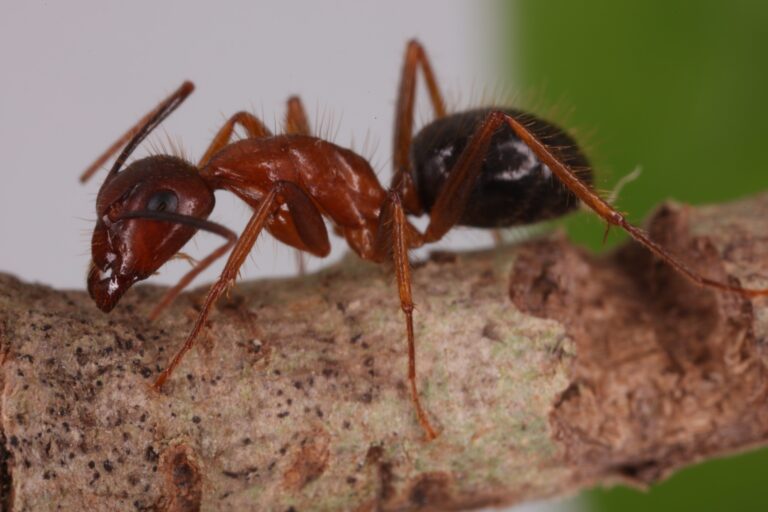
Identification of a carpenter ant
The United States is home to over 1000 species of ants including 50 species of carpenter ants (Camponotus), each species possessing their own specific characteristics. However carpenter ants are among the largest, with workers measuring between ¼” – ½” long and the queen up to 1 inch long. They can be identified by their small, narrow waist and long legs as well as their elbowed antennae. The most common color is black but some species can be a reddish or yellowish color. Other distinctions include two pairs of unequal-sized wings on reproductive carpenter ants, and a large mandible on workers which are meant to help them forage. While carpenter ants do not eat wood, workers use their mandibles to burrow through and excavate galleries to establish their nest.
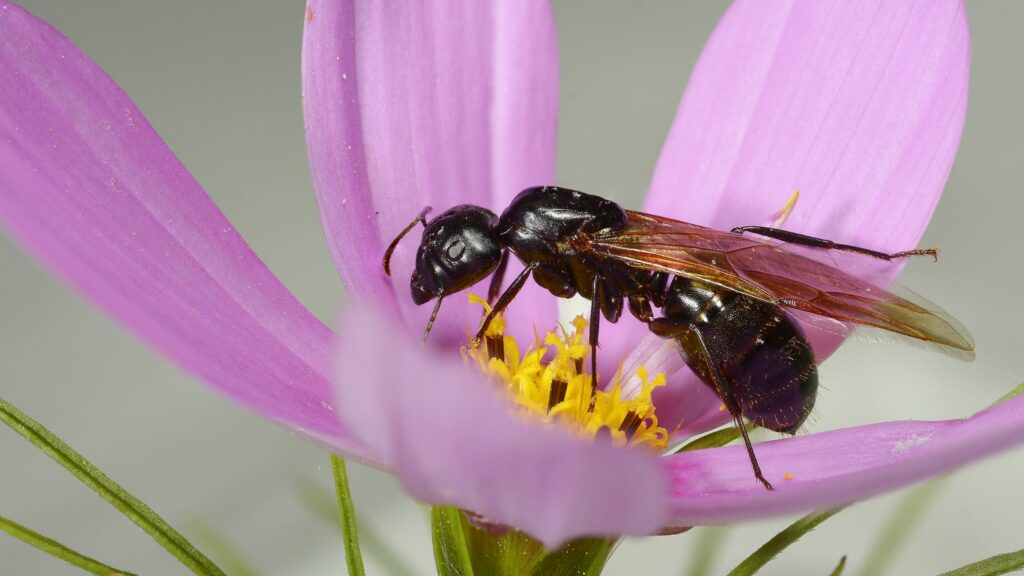
Reasons of carpenter ants' infestation
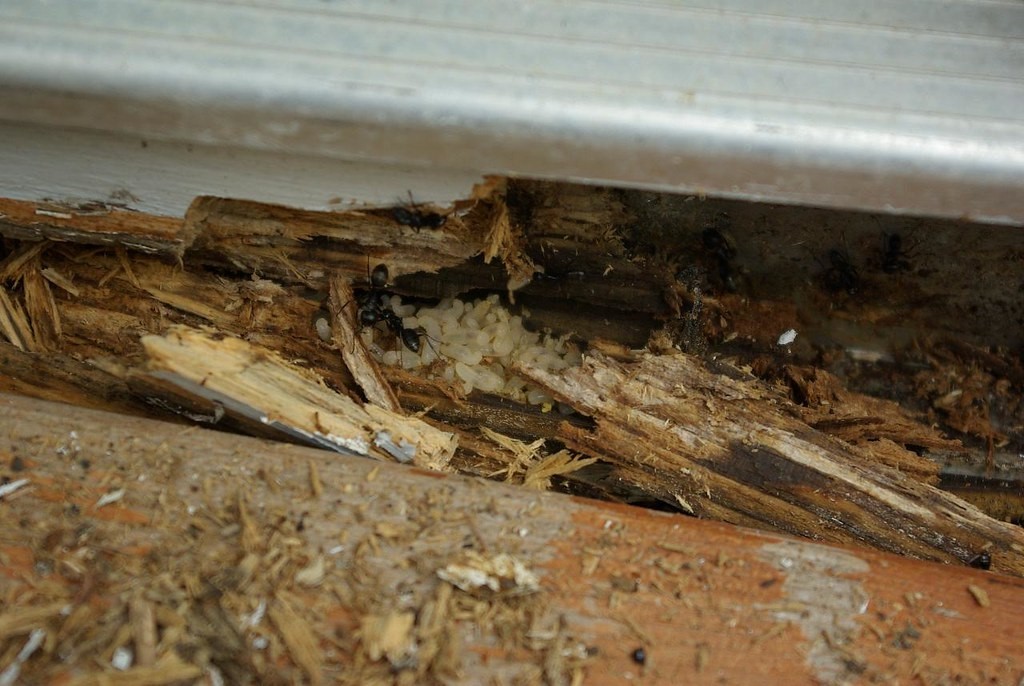
As carpenter ants are attracted to moisture, they look for any type of leak around a structure to establish their colony. The leaks can come from pipe or gutter leaks which cause moisture and humidity.
Carpenter ants prefer to build their nests in moist wood or any structures that are already damaged by other insects. They nest outdoors in hardwood trees containing holes and other damages. When looking for a new home, carpenter ants seek moist, steady temperatures and a place that is hidden from predators and sheltered from environmental changes. In regard to indoor nests, they can be found in moist, damaged areas such as windows, chimneys, sinks, door frames, or bath traps and in hollow spaces such as wall voids.
Carpenter ants’ nests are difficult to find. To identify a carpenter ant infestation, you can try knocking on a wood surface: if it sounds hollow this means that the wood is damaged and that carpenter ants may be inside the wood.
Carpenter ant swarming season
Swarming season varies from one ant species to another, for example, carpenter ants usually swarm during springtime. Like termites, they leave their nest to mate and find another location to start a new colony. Once they have left the nest, female carpenter ants become queens looking for moist locations to lay their first batch of eggs. When found, the queen’s wings break off and she will lay eggs in her new nest, and the male ant dies. It takes 3 to 6 years to establish an active and stable ant colony.
Once the queen has laid her eggs, it takes 6 to 12 weeks to develop from egg to adult. Carpenter ants go through different stages: egg, larval, pupal, and adult worker.
If you find a swarm inside your home, it could mean that a nest is also indoors. The best solution is to contact a professional pest management to avoid any damage.
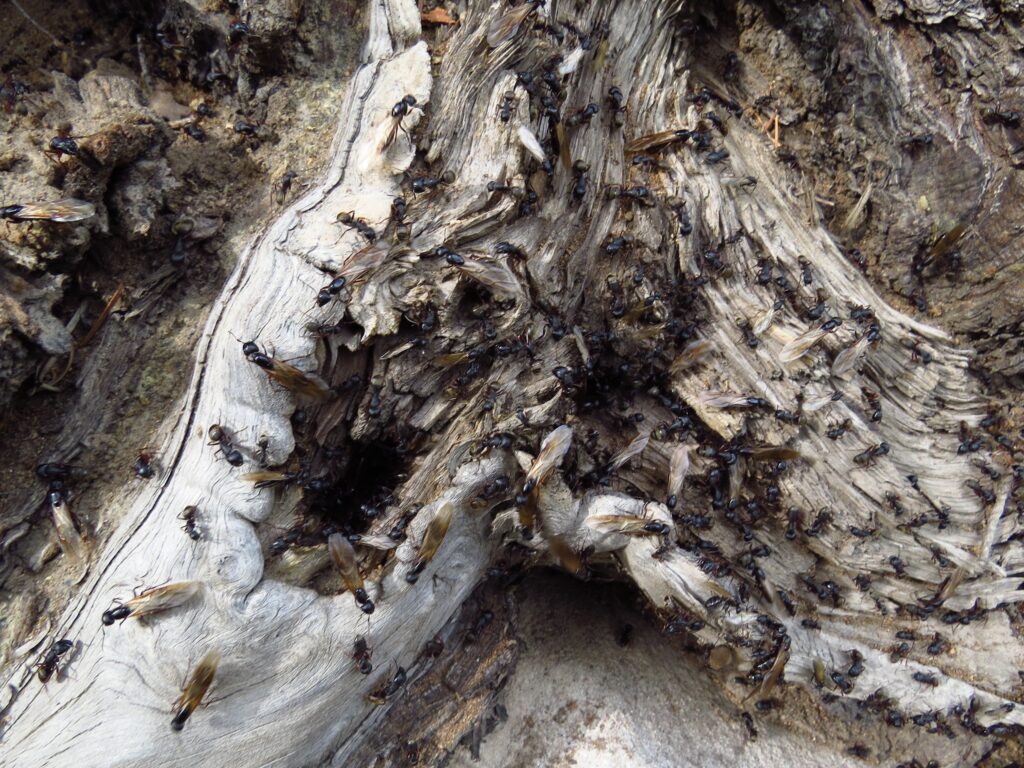
How to spot carpenter ant infestation
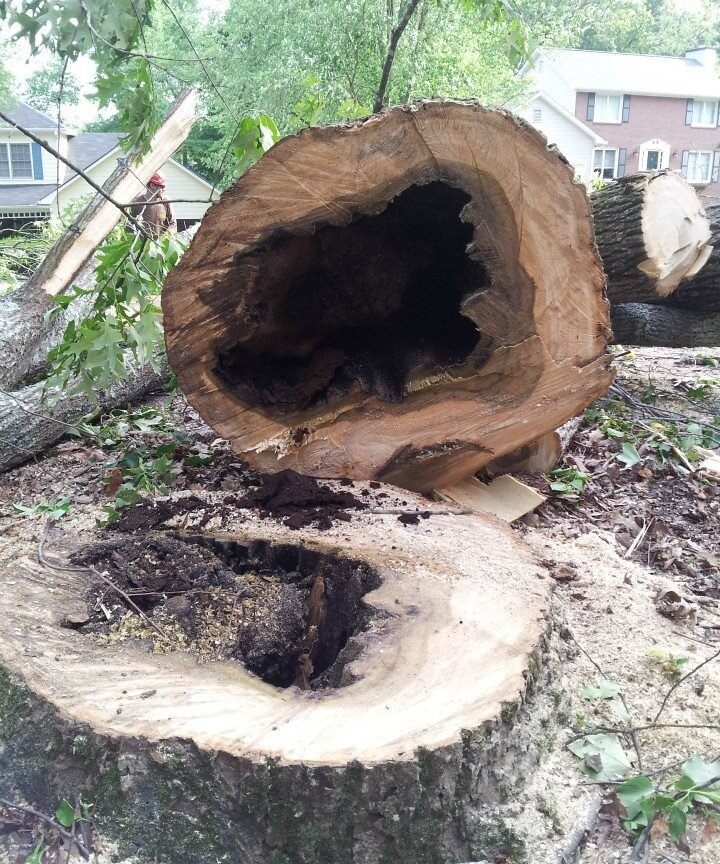
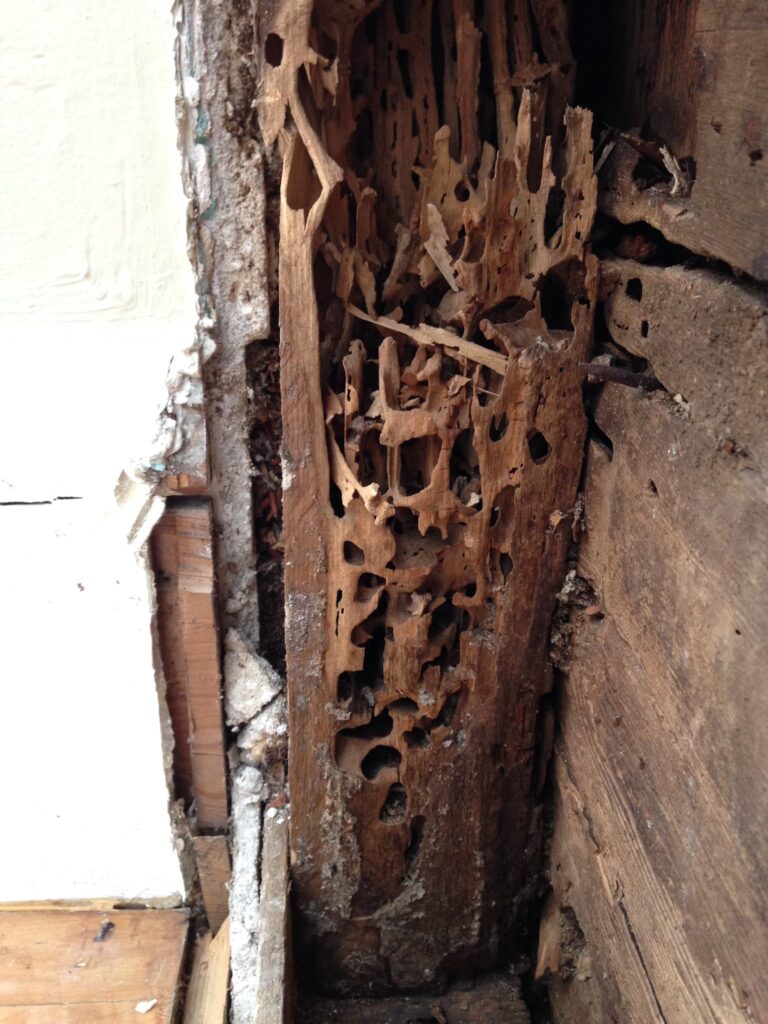
As a homeowner, you may notice wings inside your home near the window sills or on the floor. This could mean that a nest is nearby, and you should contact a pest professional for an inspection immediately. Unlike termites, carpenter ants do not consume the wood. When they burrow through wood, tunneling smooth and clean galleries, they leave sawdust behind, which is also called frass. You should look out for frass indoors and outdoors; it usually indicates carpenter ants’ presence. As for the damages, you can look for external structure damage, like on a fence, deck, or shed. They tend to damage moist areas, where rotten and decayed wood are present. You may also hear tunneling and communication noises with a stethoscope, especially at night.
How to avoid carpenter ant infestation
You can prevent a carpenter ant infestation by repairing all moisture problems: plumbing leaks, roof leaks, etc. You should also trim any tree branches that are close to your home because they can be used as a bridge to access even the tiniest of entry points. To avoid having these entry points, you can also seal off any openings or cracks that could lead to ants into your home. Avoid storing and keeping piles of wood or tree trimmings near your home: they are good nesting spots for carpenter ants. In case of active infestation, follow these steps to get rid of Carpenter ants.